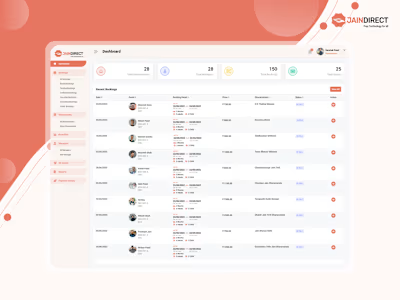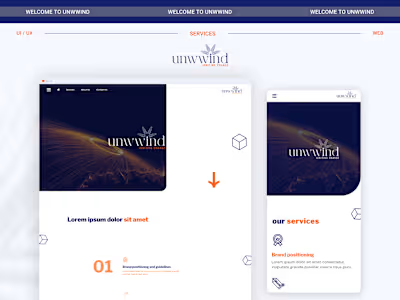Business Directory Listing Platform
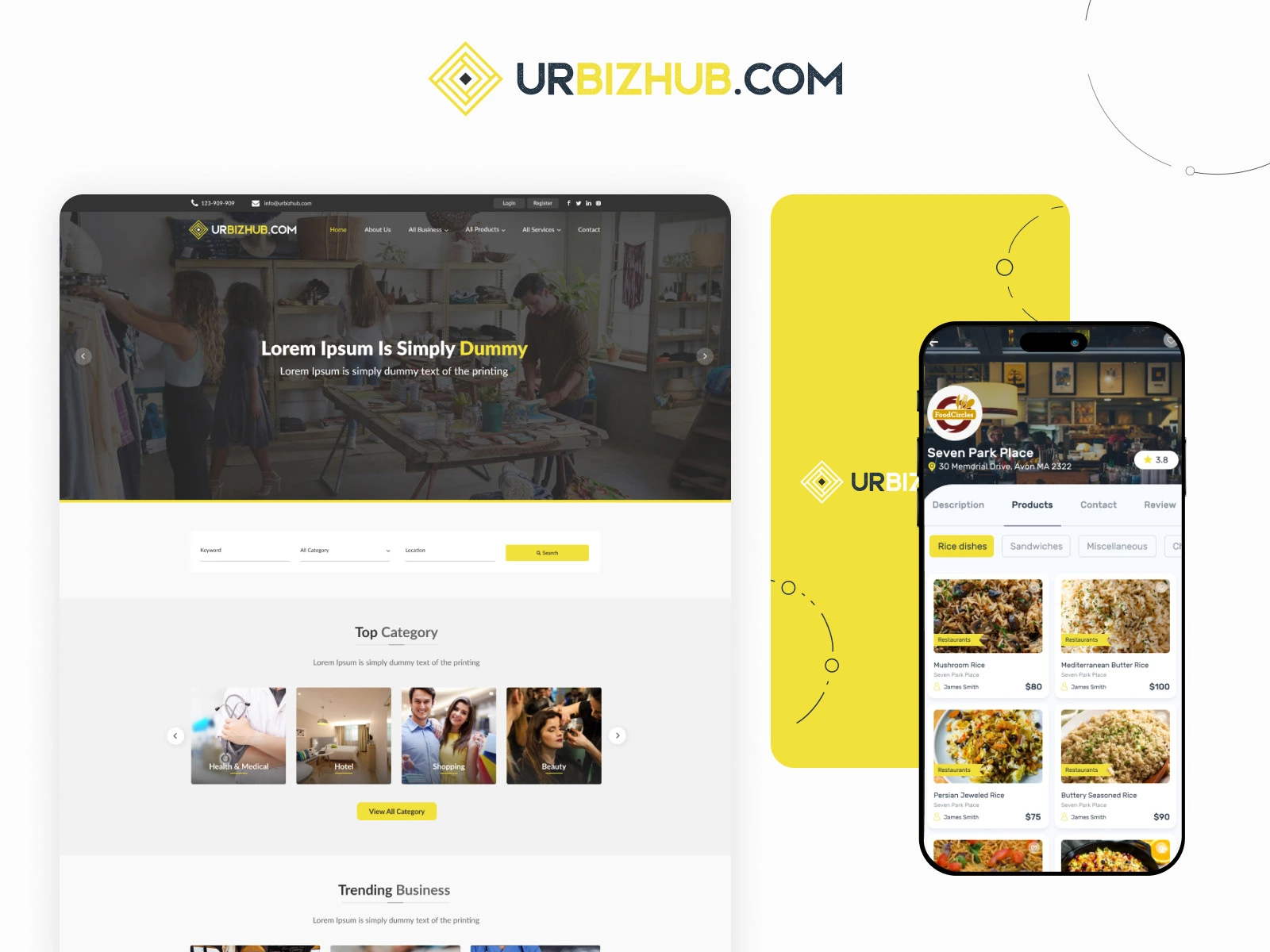

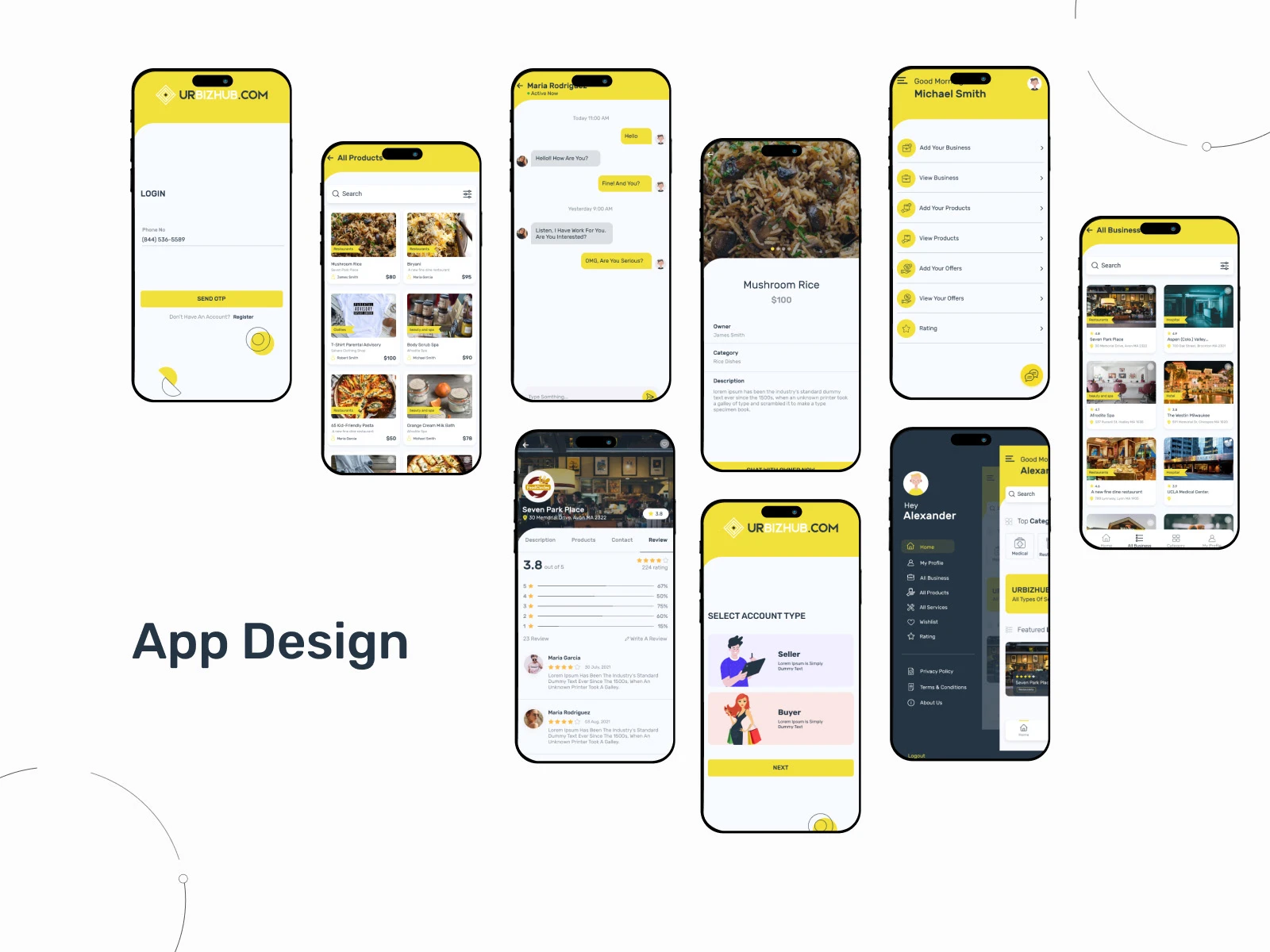
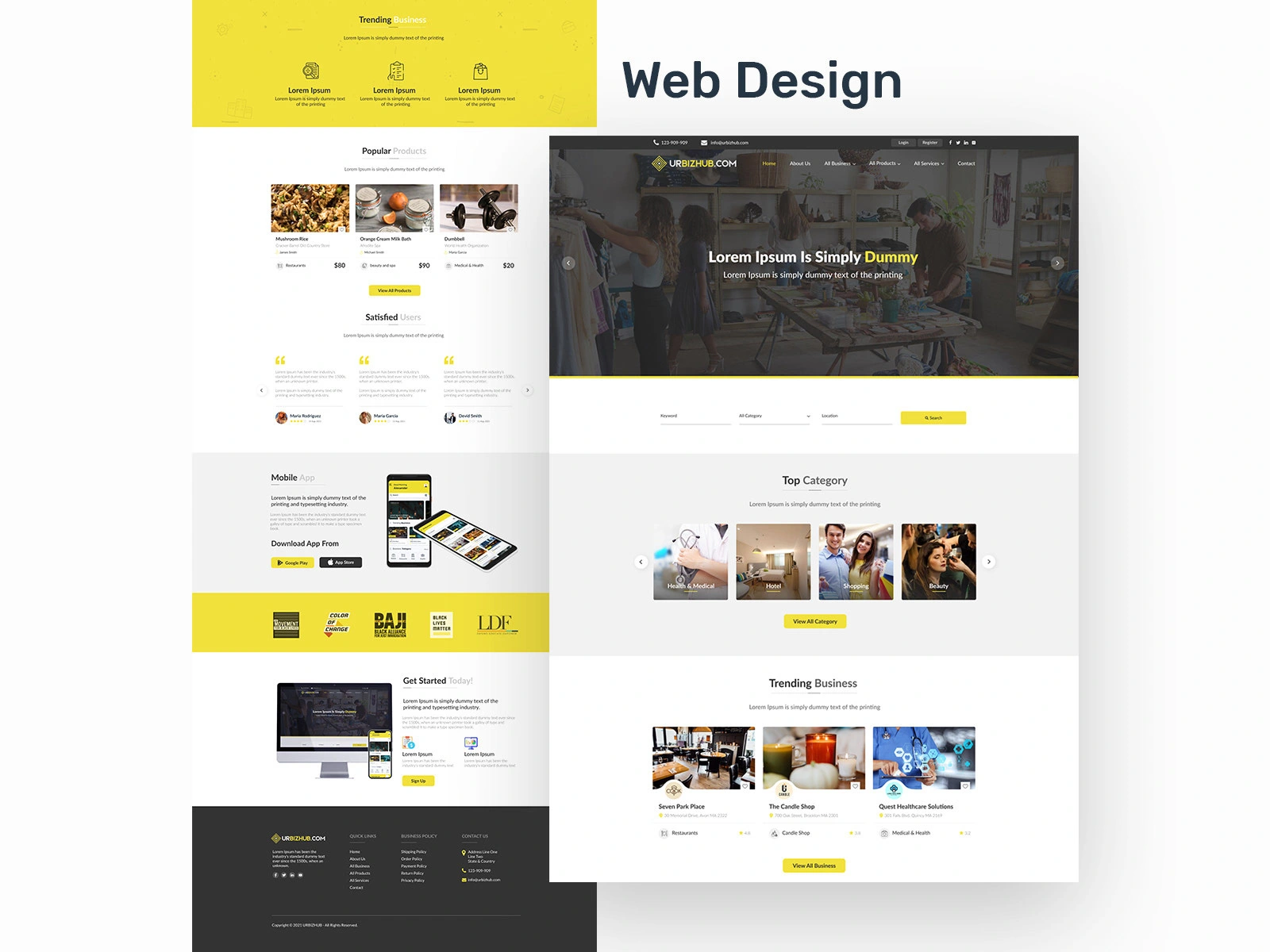

OVERVIEW: The Business Directory Listing Platform aims to create a comprehensive online directory that empowers users to discover, access, and connect with various businesses. This platform intends to simplify the process of finding businesses by providing detailed information about their offerings and making it accessible through both web and mobile interfaces.
Challenge: The challenge lies in addressing the complexity and volume of business data while ensuring a user-friendly experience. Users often struggle to find relevant businesses amidst the vast array of options. Creating a platform that streamlines this process and offers a seamless user journey is a significant challenge.
Solution: The solution involves the development of a user-friendly online directory listing platform. This platform will categorize businesses and provide an intuitive search and filter system. Each business will have a dedicated profile page with comprehensive details. Users can also contribute ratings and reviews, enhancing transparency and aiding decision-making.
Research:
Secondary Research: Secondary research revealed the widespread need for a comprehensive business directory. It highlighted challenges users face in finding relevant businesses and underscored the importance of user-friendly interfaces and robust search functionality.
Primary Research: Primary research involved surveys and interviews to understand user behaviors, preferences, and pain points. This research aimed to inform the platform's design by gaining insights into how users search for and engage with businesses.
Personas: The creation of user personas, such as "Local Shopper Laura" and "Entrepreneur Eric," helped personalize user needs and challenges. These personas serve as a guiding framework to ensure the platform caters to diverse user requirements effectively.
Ideation: Ideation revolved around transforming challenges into innovative solutions. "How Might We" statements sparked creative thinking, leading to feature ideas that enhance the platform's usability and utility.
User Stories:User stories were prioritized based on personas and user needs. These stories guided feature development, ensuring that critical tasks, such as searching for businesses and viewing detailed profiles, received the highest priority.
Design:
Wireframes: Wireframes were created to outline the platform's layout and structure, facilitating early detection and resolution of usability issues. Iterations during this phase ensured intuitive navigation and interaction.
Moldboard's moodboard visually defined the platform's brand identity, emphasizing a fresh, user-friendly, and professional aesthetic. It guided design choices, ensuring consistency and a meaningful connection with users.
Style Guide:The style guide established a cohesive visual identity for the platform, including color schemes, typography, iconography, and imagery. This guide ensures consistency in design elements and reinforces the brand's message.
Hi-Fidelity Wireframes:High-fidelity UI designs provided detailed representations of the platform's final look and functionality. Iterative design changes refined the user experience and met industry usability standards.
Prototypes:Interactive prototypes were developed to demonstrate the platform's functionality and user flows. These prototypes enabled real-time testing and refinement, bringing the platform closer to its final form.
Testing:
Usability Testing:Usability testing involved real users performing tasks on the platform to identify issues and enhance the user experience. Insights from testing led to improvements in accessibility, information presentation, and user engagement.
Redesign:Based on usability testing findings, the platform underwent a redesign phase. Changes were implemented to improve navigation, information display, and user motivation, ensuring a more effective user experience.
Reflections:The project journey illuminated the significance of comprehensive research, tailored design, and user-centric solutions. It emphasized the importance of continuous testing and improvement to meet user needs effectively. The Business Directory Listing Platform project not only broadened design boundaries but also highlighted the value of data-driven decision-making in creating successful digital solutions.
Development Process:
Technology Stack:The development process began with selecting the appropriate technology stack. The platform was built using a combination of frontend and backend technologies to ensure scalability and performance. This included HTML, CSS, JavaScript for the frontend, and a backend framework like Ruby on Rails or Node.js. A relational database management system (RDBMS) like MySQL or PostgreSQL was used to store business data.
Agile Methodology:An Agile development approach was adopted to ensure flexibility and responsiveness to evolving requirements. The project was divided into sprints, with each sprint focusing on specific features and functionality. Regular stand-up meetings and iterative development cycles facilitated collaboration among team members.
Frontend Development:Frontend development involved translating the wireframes and UI designs into functional web and mobile interfaces. Responsive web design principles were applied to ensure optimal user experiences across various devices and screen sizes. JavaScript libraries and frameworks, such as React or Angular, were used to build interactive user interfaces.
Backend Development:Backend development encompassed building the server-side logic, database integration, and API development. The backend was responsible for handling user requests, business data storage, and serving data to the frontend. Security measures, such as encryption and authentication, were implemented to protect user data.
Database Design:A robust database schema was designed to efficiently store and retrieve business data. This included creating tables for businesses, user profiles, reviews, and other relevant entities. Indexing and optimization techniques were applied to enhance database performance.
API Integration:APIs were integrated to enable features such as location-based search and mapping services. Geolocation APIs, such as Google Maps API, were used to provide users with accurate business locations on maps.
User Authentication:User registration and authentication were implemented to allow users to create accounts, log in, and personalize their experience. User data, including favorite businesses and reviews, was securely managed.
Business Listing Management:An admin dashboard was developed to manage business listings, including adding new businesses, updating information, and moderating user-generated content such as reviews. The admin panel provided insights into platform activity.
Testing and Quality Assurance:Rigorous testing and quality assurance were integral to the development process. Unit testing, integration testing, and user acceptance testing were conducted to identify and resolve issues. Continuous integration and continuous deployment (CI/CD) pipelines ensured the reliability and stability of the platform.
Scalability and Performance Optimization:Scalability was a key consideration during development. The architecture was designed to accommodate future growth in terms of user traffic and business listings. Performance optimization techniques, such as caching and load balancing, were applied to enhance platform responsiveness.
Deployment and Hosting:The platform was deployed to a secure hosting environment, such as a cloud-based infrastructure like AWS or Azure. Continuous monitoring and automated scaling mechanisms were implemented to ensure uptime and availability.
Maintenance and Updates:Post-launch, ongoing maintenance and updates were planned to address user feedback, fix bugs, and introduce new features. Regular software updates and security patches were applied to keep the platform secure and up to date.
The development process followed industry best practices to deliver a reliable, scalable, and user-friendly Business Directory Listing Platform that met the project's objectives and user expectations.
Like this project
Posted Dec 14, 2023
The Business Directory Listing Platform aims to create a comprehensive online directory that empowers users to discover, access, & connect with various business







